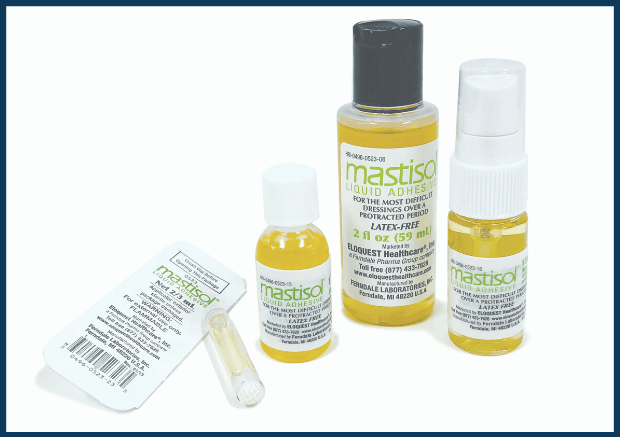[1]Deneau J, Craig A. Nursing Survey Reveals Novel Strategy in Assisting Adherence to Best Practices of CVC Dressing Management. Poster presented at: Institute for Healthcare Improvement National Forum, December 8-11, 2013.
[2]Pullen D. Quality Improvement Initiative to Improve Dressing Adherence Reveals Improved Dressing Adherence Observations on a Before- After Analysis. Poster presented at: AVA Annual Scientific Meeting, September 7-10, 2014.
[3]Patel N. The influence of tape type and of skin preparation on the force required to dislodge angiocatheters. Can J Anaesth. 1994;41:8:738-741
[4]Lesesne CB. The postoperative use of wound adhesives: gum mastic versus benzoin, USP.J Dermatol Surg Onc. 1992;18(11):990.
[5]Timsit J. et al. Dressing disruption is a major risk factor for catheter-related infections. Crit Care Med. 2012;40(6):1701-1714.
[6]Browne B, Moffo H. Quality improvement initiative results in fewer dressing disruptions and improved adherence to best practices. Presented at: Greater Cincinnati AACN Chapter, 28th Annual Trends in Critical Care Conference, April 8, 2016.
[7]Ryder M, Duley C. Evaluation of compatibility of a gum mastic liquid adhesive and liquid adhesive remover with an alcoholic chlorhexidine gluconate skin preparation. J Infus Nurs. 2016;40(4):245-252.
[8]Nelson Squires E, Bruggeman S. Use of gum mastic medical adhesive to maintain central venous access device dressing integrity. Presented at: Association for Vascular Access Annual Scientific Meeting, October 4-7, 2019.







